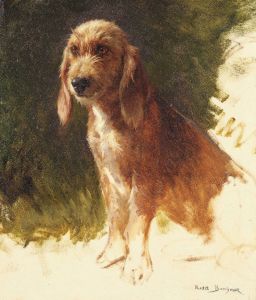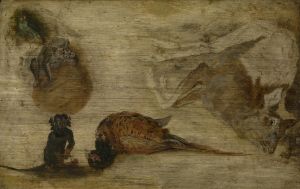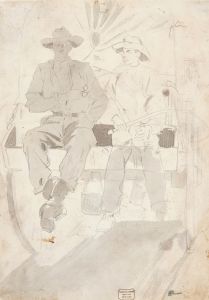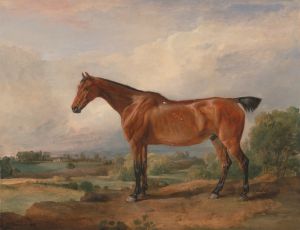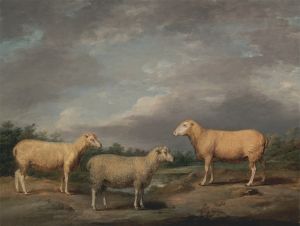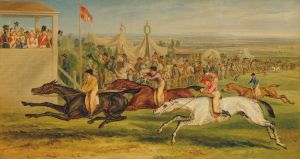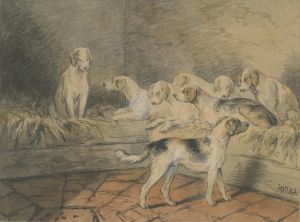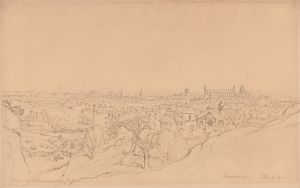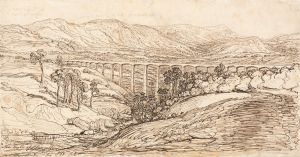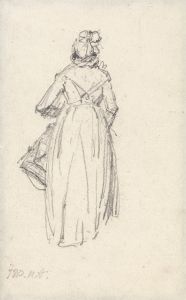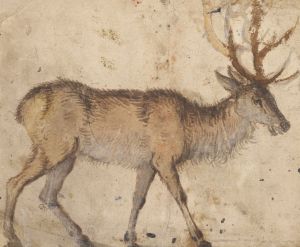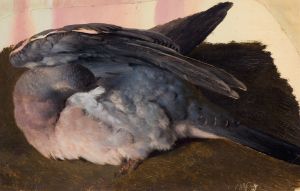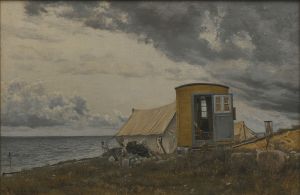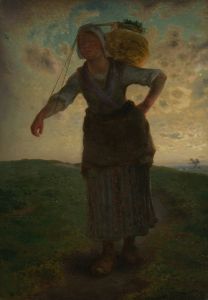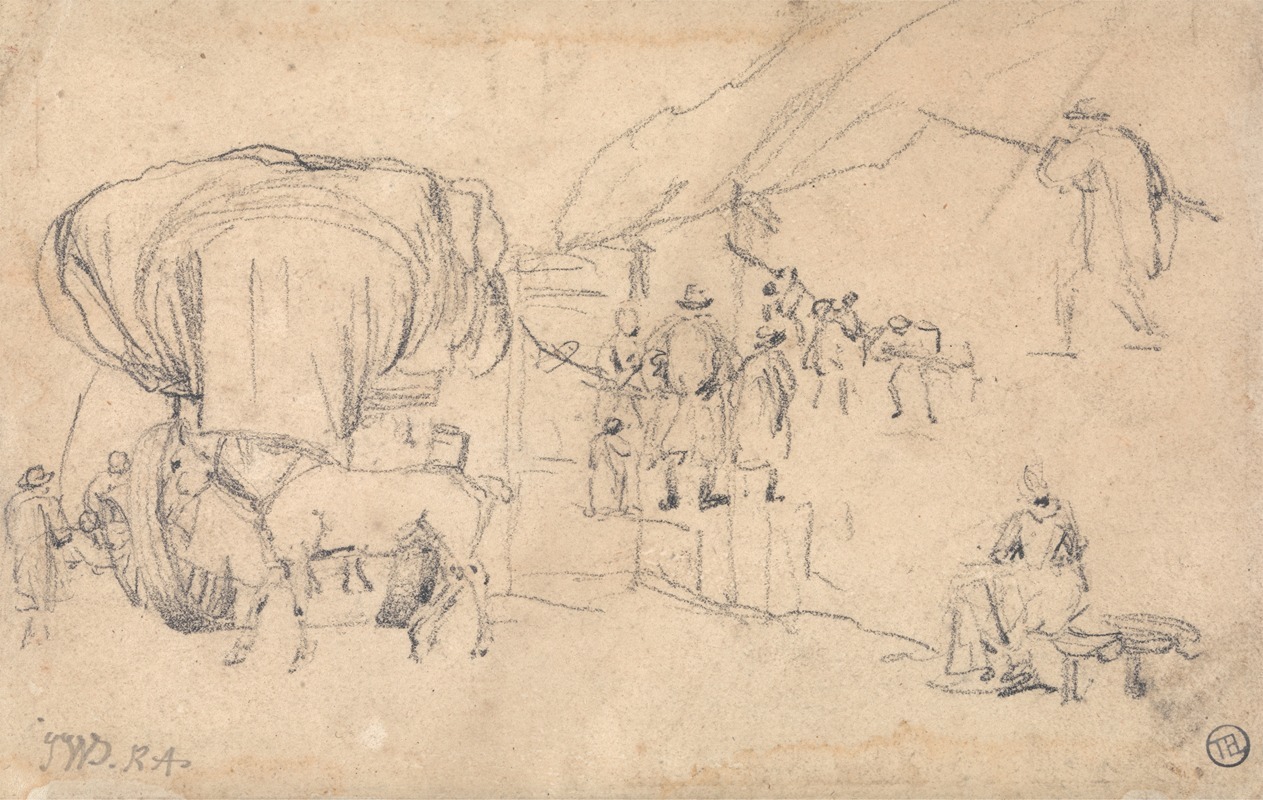
Sheet of Sketches; Wagon, Horse, Milkmaid and Other Figure Studies
A hand-painted replica of James Ward’s masterpiece Sheet of Sketches; Wagon, Horse, Milkmaid and Other Figure Studies, meticulously crafted by professional artists to capture the true essence of the original. Each piece is created with museum-quality canvas and rare mineral pigments, carefully painted by experienced artists with delicate brushstrokes and rich, layered colors to perfectly recreate the texture of the original artwork. Unlike machine-printed reproductions, this hand-painted version brings the painting to life, infused with the artist’s emotions and skill in every stroke. Whether for personal collection or home decoration, it instantly elevates the artistic atmosphere of any space.
James Ward (1769–1859) was a prominent British painter and engraver, known for his animal paintings and landscapes. He was a key figure in the Romantic movement in England, and his works often depicted rural life and nature with great attention to detail and emotion. One of his lesser-known works is "Sheet of Sketches; Wagon, Horse, Milkmaid and Other Figure Studies," which showcases his skill in capturing the essence of everyday rural scenes.
This particular piece is a collection of sketches rather than a single, cohesive painting. It features a variety of subjects, including a wagon, a horse, a milkmaid, and other figures, all rendered with Ward's characteristic attention to detail and dynamic composition. The sketches are likely studies for larger works or exercises in capturing movement and form, which were crucial elements in Ward's artistic practice.
Ward's ability to depict animals with anatomical precision and emotional depth is evident in the horse sketch. His understanding of equine anatomy and movement was unparalleled at the time, and he often used these studies to inform his larger, more detailed paintings. The horse in this sketch is likely portrayed in a naturalistic manner, emphasizing its strength and grace, qualities that Ward admired and frequently highlighted in his work.
The inclusion of a wagon and a milkmaid suggests a scene of rural life, a common theme in Ward's oeuvre. The milkmaid, a recurring figure in pastoral art, represents the simplicity and hard work of country living. Ward's sketches of human figures, like the milkmaid, often capture the subtleties of posture and expression, reflecting his keen observation skills and his interest in the human condition.
Ward's sketches served as a foundation for his larger compositions, allowing him to experiment with different arrangements and interactions between figures and their environments. These preliminary studies were crucial for developing the dramatic and emotive qualities that characterized his finished works.
Throughout his career, James Ward was influenced by other artists, including his brother-in-law, George Morland, and the renowned animal painter George Stubbs. Ward's work, including his sketches, reflects a synthesis of these influences, combined with his unique vision and technical prowess.
"Sheet of Sketches; Wagon, Horse, Milkmaid and Other Figure Studies" exemplifies Ward's dedication to capturing the beauty and complexity of rural life. Although this particular sheet may not be as famous as some of his larger paintings, it provides valuable insight into his artistic process and the themes that inspired him. Ward's legacy as a master of animal and rural scenes endures, and his sketches continue to be appreciated for their skillful execution and evocative portrayal of 19th-century English countryside life.





